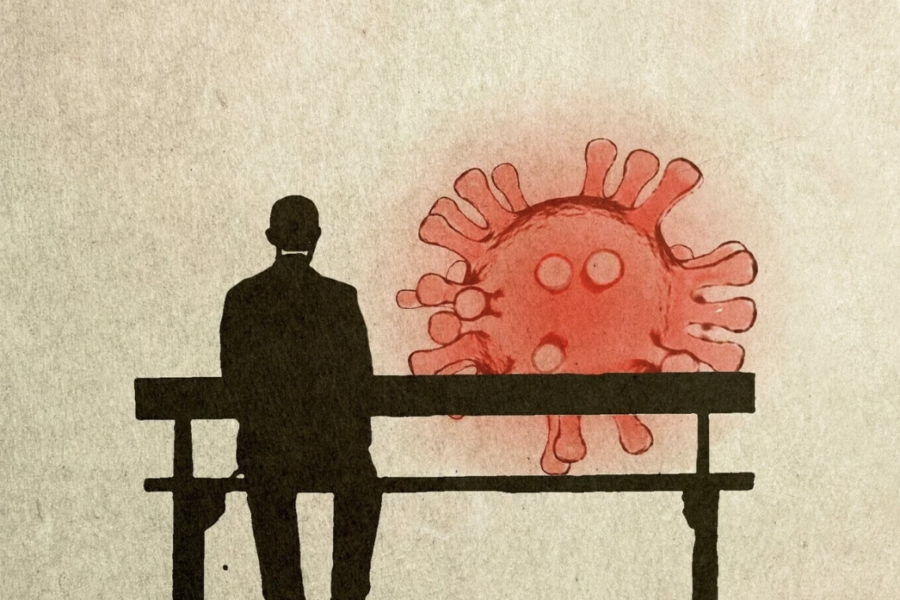Brent Palmer’s first inkling about long COVID started in the early days of the pandemic, before the term “long COVID” even existed.
Some of his friends had caught the virus while on a ski trip and returned home to Colorado with the mysterious, new illness. It was a frightening time — and an irresistible opportunity for Palmer, who studies the immune response to infectious diseases like HIV.
In particular, he was keen to see how their T cells, part of the immune system’s arsenal for fighting infections, were handling the novel infection. So he started taking samples of their blood. And there was one subject in particular who intrigued him. She was still dealing with heart palpitations, chest pains and trouble breathing more than six weeks after her acute illness.
In the lab, Palmer noticed that she still had a very high percentage of these T cells directed at the virus compared to her husband who’d also fallen ill, but didn’t have lingering symptoms. “They had very different responses,” says Palmer, an associate professor of medicine at the University of Colorado.
